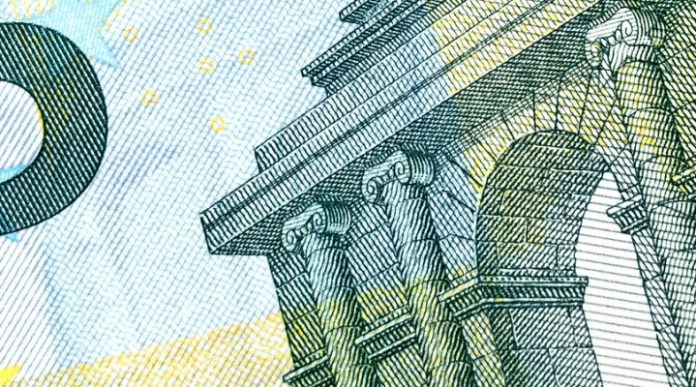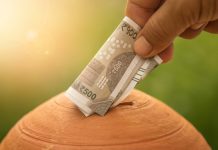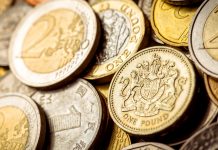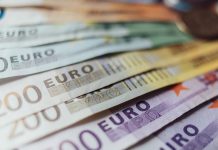Brexit headlines and a more hawkish sounding Federal Reserve Chair, meant that the pound fell versus the dollar across Tuesday. After starting the previous session at US$1.3962, the exchange rate sunk to a low of aUS$1.3858, before climbing slightly into the close.
| What do these figures mean? |
|---|
|
When measuring the value of a pair of currencies, one set equals 1 unit and the other shows the current equivalent. As the market moves, the amount will vary from minute to minute. For example, it could be written: 1 GBP = 1.28934 USD Here, £1 is equivalent to approximately $1.29. This specifically measures the pound’s worth against the dollar. If the US dollar amount increases in this pairing, it’s positive for the pound. Or, if you were looking at it the other way around: 1 USD = 0.77786 GBP In this example, $1 is equivalent to approximately £0.78. This measures the US dollar’s worth versus the British pound. If the sterling number gets larger, it’s good news for the dollar. |
In the absence of high impacting economic data, market participants focused solely on Brexit headlines, which dragged the pound lower. EU Chief Negotiator Michel Barnier once again cast a shadow over a post Brexit transition period, saying that there were still vast differences between the positions of the UK and the EU and that time was running out to strike a deal. Barnier here, was referring to the October target by which time a Brexit treaty needs to be agreed, including transition period, in order for it to be ratified by March 2019. Barniers comments unnerved pound traders as no transition deal, will most likely mean a hard Brexit. This is the worst-case scenario for the pound.
| Why is a “soft” Brexit better for sterling than a “hard” Brexit? |
|---|
| A soft Brexit implies anything less than UK’s complete withdrawal from the EU. For example, it could mean the UK retains some form of membership to the European Union single market in exchange for some free movement of people, i.e. immigration. This is considered more positive than a “hard” Brexit, which is a full severance from the EU. The reason “soft” is considered more pound-friendly is because the economic impact would be lower. If there is less negative impact on the economy, foreign investors will continue to invest in the UK. As investment requires local currency, this increased demand for the pound then boosts its value. |
Today, in addition to keeping an ear out for Brexit headlines, market participants will also look towards consumer confidence data. Analysis are forecasting that consumer confidence will tick down in February to -10, down from -9 in the previous month, as Brexit uncertainties weigh on sentiment. Falling consumer confidence is bad news for the economy, because it means the consumer spends less. Should the consumer confidence data disappoint today, the pound could fall.
US GDP & Inflation Data In Focus
New Federal Reserve Chair, Jerome Powell, made his first appearance before the House in a congressional testimony. Powell was very optimistic in his assessment of the US economy, which triggered speculation in the markers that he could look to raise interest rates faster than the three rate rises this year that had been laid out by his predecessor Janet Yellen. As a result of increased odds for an interest rate the dollar rallied.
| Why do raised interest rates boost a currency’s value? |
|---|
| Interest rates are key to understanding exchange rate movements. Those who have large sums of money to invest want the highest return on their investments. Higher interest rate environments tend to offer higher yields. So, if the interest rate or at least the interest rate expectation of a country is relatively higher compared to another, then it attracts more foreign capital investment. Large corporations and investors need local currency to invest. More local currency used then boosts the demand of that currency, pushing the value higher. |
The dollar could experience another volatile session today as investors look towards high impacting releases. These include fourth quarter GDP and inflation numbers which will be closely watched. Strong readings for economic growth and inflation could boost the dollar dramatically higher.
|
This article was initially published on TransferWise.com from the same author. The content at Currency Live is the sole opinion of the authors and in no way reflects the views of TransferWise Inc. |





